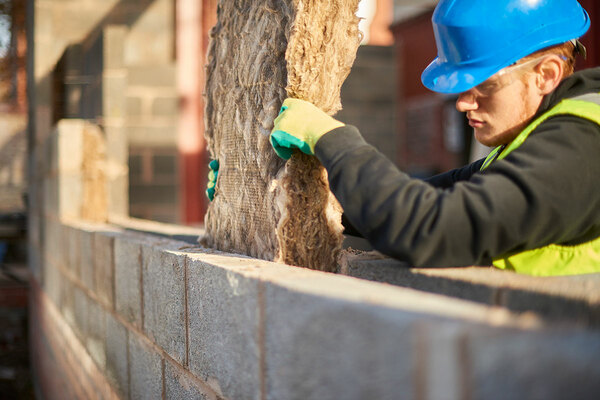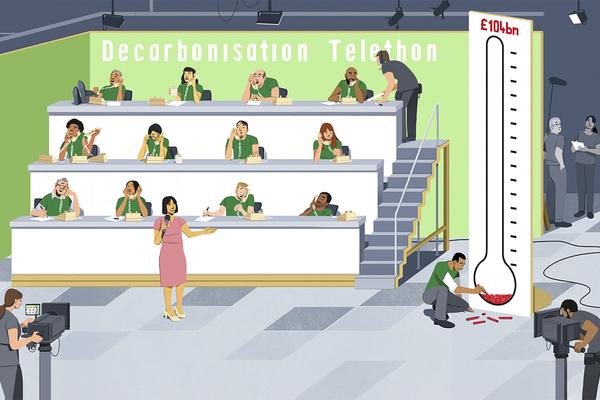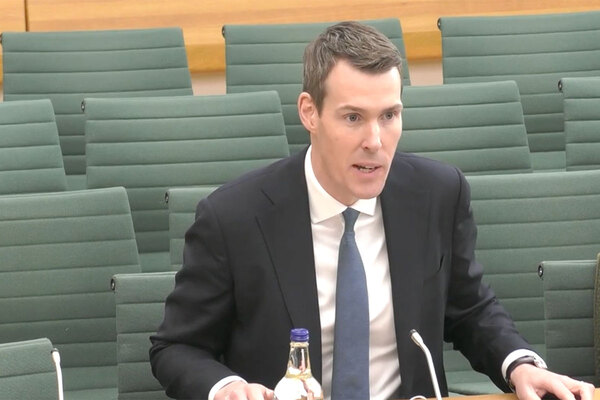You are viewing 1 of your 1 free articles
Green Homes Grant could be the second energy-efficiency scheme to fail in a decade – what should be done?
The Green Homes Grant is facing the chop. But it would be a shame to lose a programme that has the potential to vastly increase the number of retrofits done on homes, argues Alexandra Gibson
The UK government has been vocal on its commitments to a green recovery, but has recently stated that it intends to reduce the amount of money paid out under the Green Homes Grant scheme.
There have been talks that it may even be removed altogether due to cuts, which would see its “keystone green stimulus measure” fail completely.
Prime minister Boris Johnson described the scheme as a significant plank in his 10-point-plan for a green recovery and promised the programme would support 100,000 jobs.
“The Green Homes Grant has potential to vastly upscale energy-efficiency improvements and it would be a shame if it were to disappear as quickly as it was announced”
In the 2020 Spending Review, chancellor Rishi Sunak announced £1.5bn for the Green Homes Grant voucher scheme for 2020/21 as part of funding allocated to make homes and buildings more energy efficient and less carbon intensive.
The original funding was announced as a short-term stimulus for use in the 2020/21 financial year only, but it was later extended to 2021/22. It was made available to homeowners and residential landlords and the vouchers were expected to cover two-thirds of eligible improvements, up to a maximum contribution of £5,000.
However, after a series of administrative mishaps, only 6.3% of the £1.5bn has been spent, despite the exceptionally high demand. Homeowners have faced difficulties getting approvals for the vouchers needed for payment, while builders have been put off by the burden of red tape.
The Environmental Audit Select Committee agreed that the scheme needs to be overhauled, but also admitted that any unspent money will not be rolled over to next year, with a budget of just £320m allocated for 2021/22.
“We need a national retrofit strategy and we need it now”
It begins to make you wonder whether what the government has promised so far in the way of super-shiny net-zero announcements and a 10-point-plan is nothing but impressive talk, paving the way for poorly considered policy and never-ending barriers to reaching any sort of low-carbon goal by 2050.
Remember the Green Deal? The coalition government’s flagship energy-efficiency policy was supposed to support 14 million home retrofits by 2020. It ended in 2015 after two years, having achieved fewer than 20,000 retrofits. Little happened after this, no overhaul of the policy was considered and the Green Deal dissolved.
The Green Homes Grant has potential to vastly upscale energy efficiency improvements and it would be a shame if it were to disappear as quickly as it was announced. The government remains relatively quiet on the failure of the scheme, with nothing mentioned in the recent Budget to suggest resuscitating the scheme or replacing it with something better, meaning that it is quickly turning into yet another energy-efficiency scheme to fall flat.
A proper overhaul should and can be done, but as with any policy and the programme for its implementation, it must be designed for the desired outcomes. In this case, robust guidance for eligible households, specifying the actions needed to effectively roll out the scheme and proper arrangements for implementation and monitoring – not just simply spending the money and assuming the job has been done.
The Green Homes Grant scheme could have been an entirely different beast had it been properly set up and managed.
The Committee on Climate Change has said the UK will not meet its emissions reduction targets without near complete decarbonisation of the housing stock. The task is urgent because while the ultimate target is zero carbon by 2050, half of this reduction must be achieved by 2030 if climate goals are to be met.
There is no time to waste. We need a national retrofit strategy and we need it now.













